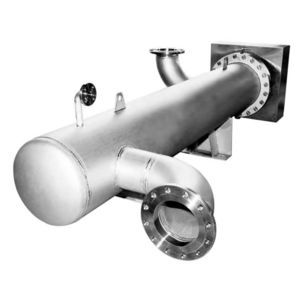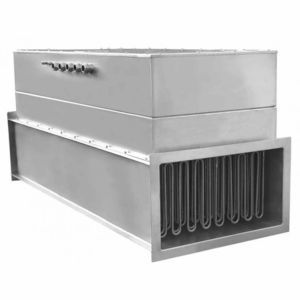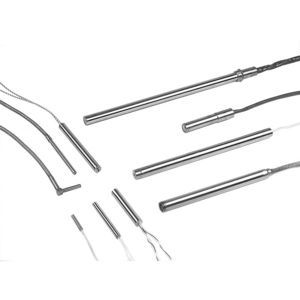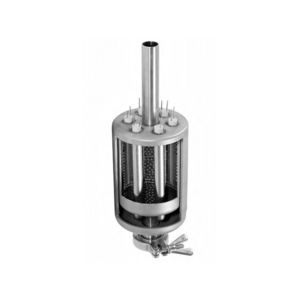
- Products
- Heat exchanger plate
- heatsystems GmbH & Co. KG
Heat exchanger plate





Add to favorites
Compare this product
Description
Plate heat exchangers transfer the thermal energy of a fluid to another one. Therefore, their name is plate heat exchanger. The fluids involved are mainly liquid but can also be gaseous. The type and properties of the fluids, pressures and temperatures as well as the desired operating points in the process are important for the design.
One fluid in the plate heat exchangers transfers the energy, and this energy is transferred to the other fluid through a metallic plate. Here, it is important that the design be matched to the general conditions, for each fluid has its specific properties.
The advantage of plate heat exchangers over tubular heat exchangers is the smaller design at the same thermal power and a better possibility of cleaning (in case of screwed plate heat exchangers); the lower pressure stability is a disadvantage.
For example, these fluids are heated in electrical flow-type heaters:
I. Water
Drinking water, max. surface load depending on the water hardness 4 – 6 W/cm²
Circulating and/or heating water, max. surface load approx. 10 W/cm²
Softened water; observe the maximally admissible chloride content, max. surface load approx. 19.0 W/cm²
Ultra-pure water; here, a low-pocket or pocket-free design with a defined surface quality is useful in most cases.
Fully desalted water; here, non-ferrous heavy metals should not be used, maximum surface load approx. 10 W/cm²
II. Oil
Heavy oil, not pumpable in a cold condition, maximum surface load between 1 and 2 W/cm² depending on the quality
Hydraulics oil, maximum surface load approx. 0.6 – 1.2 W/cm²
Lubricating oil, steam turbine oil, max. surface load approx. 1 W/cm²
Catalogs
No catalogs are available for this product.
See all of heatsystems GmbH & Co. KG‘s catalogs*Prices are pre-tax. They exclude delivery charges and customs duties and do not include additional charges for installation or activation options. Prices are indicative only and may vary by country, with changes to the cost of raw materials and exchange rates.



















